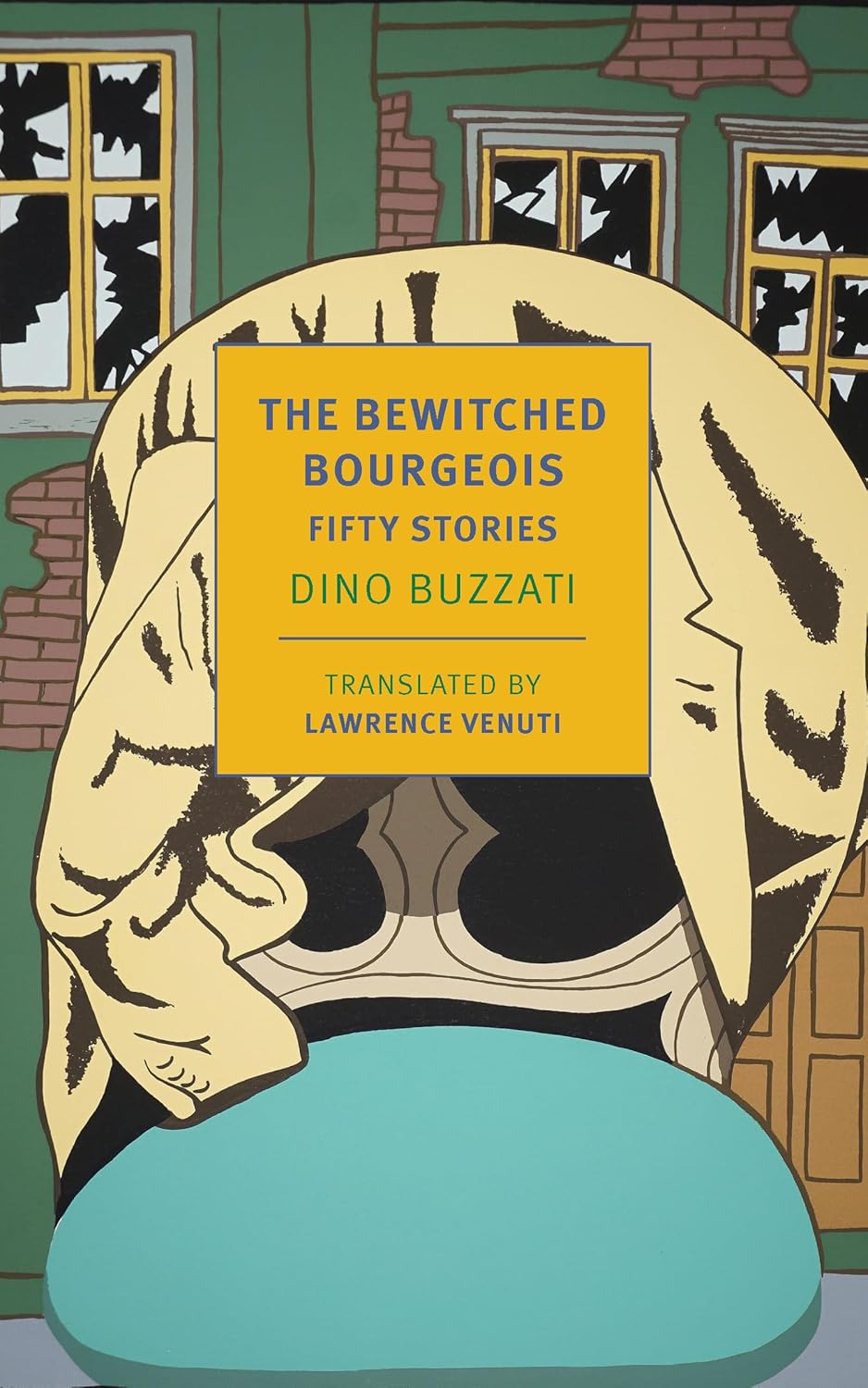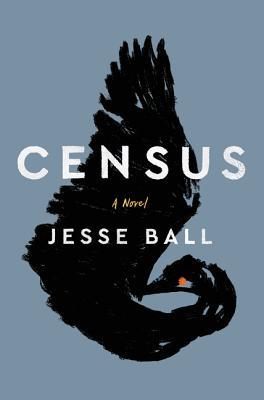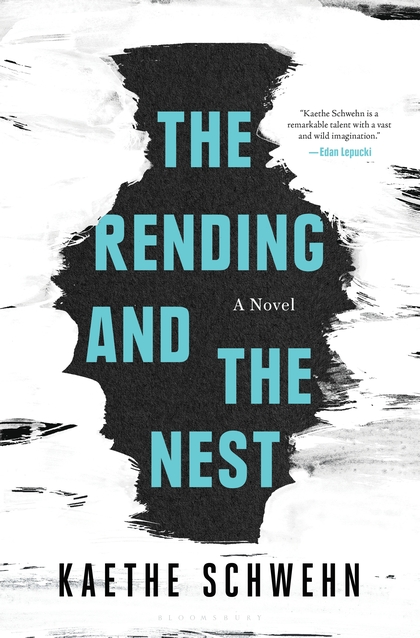The Bewitched Bourgeois: Fifty Stories
- By Dino Buzzati; translated by Lawrence Venuti
- NYRB Classics
- 344 pp.
- Reviewed by Karl Straub
- April 16, 2025
Rediscover the surreal genius of a late Italian master.

Italian short-story writer Dino Buzzati (1906-1972) was an early adopter of Franz Kafka’s idiom. He read much of the Czech writer’s work soon after it was translated into Italian in the early 1930s, and he liked Kafka’s synthesis of old-fashioned fabulism and fable with the grey, deadpan interior tone of modernity. Buzzati combined those Kafkaesque elements with the crisp reportorial approach he used in his day job at the Milanese newspaper Corriere della Sera.
Buzzati’s role at Corriere della Sera meant he could count on a reliable outlet for his short pieces. This was the era of the feuilleton, the European newspaper supplement packed with cultural writing, essays, gossip, and short literary fiction, and Buzzati took advantage of the need to fill these sections, cranking out nearly 500 gems of existential fantastique over four decades at the paper.
In one of his earliest stories, “Our Moment,” included in the beguiling The Bewitched Bourgeois, he borrows the bureaucratic fatalism of Kafka’s The Trial and puts his personal stamp on Kafka’s theme of the small human’s losing battle against life’s indomitable monoliths:
“Outside, in the world, a new night was commencing for ignorant men, and for someone it could turn out to be happy. Seas, infinite plains, huge, distant cities, illuminated houses, the longest white streets, music, women, forests, moonlight — a boundless ferment of life which no longer belonged to him.”
In a story like “The Shadow of the South,” set outdoors, Buzzati is apt to reach for the lyrically grotesque landscapes we find in Edgar Allan Poe’s work:
“In Port Said, amid tottering houses, openwork balconies corroded with dust, fetid hallways, calcined walls, exhalations from walls nested in every crevice, I saw a strange figure alone in the middle of a street.”
Weird fiction is a tough nut to define; like its cousin, film noir, it’s best understood as a style rather than a genre. Aesthetic modes like these are adopted to lure the reader into a powerful emotional reaction.
Some art is designed to comfort; weird fiction is meant to unsettle. The pleasurable frisson a writer like Buzzati creates on the page covers much of the same subtext as the fairytale: the inevitability of death, the mistakes we make in trying to outrun it, and the strangeness we encounter when fate breaks through society’s facade.
His stories work seemingly endless variations on plots and settings that accomplish this; his characters become aware of fate early on in a tale, in the guise of a mysterious figure, or a supernatural creature, or a threat that gathers steam outside the building where they try to hide from it. Other times, the building itself becomes the threat, the instrument of fate. Many of his finest stories use the image of the tall building as both setting and metaphor.
“Seven Floors,” perhaps the quintessential Buzzati story, is in his urban-macabre mode, with its hospital chillingly organized so that patients are moved to lower levels as their condition worsens.
Another offering, “Collapse of the Baliverna,” is a classic of paranoia worthy of suspense master Patricia Highsmith. Its narrator is being blackmailed by a man he fears will tell the authorities he was responsible for the destruction of an old building.
“The Falling Girl” is darkly absurd social criticism, in which a girl throws herself from a skyscraper balcony, only to find her slow-motion suicide providing perverse entertainment for the building’s bourgeois tenants. Buzzati ratchets up the surreal imagery as the girl inspires a host of imitators, and the air fills with plummeting young women:
“The city became a sweet abyss teeming with pulsating lights. Within it were powerful men and women who were even more powerful, furs and violins, cars glossy as onyx, the neon signs of nightclubs, the entrance halls of faded mansions, fountains, diamonds, old silent gardens, parties, desires, affairs, and, above all, that consuming enchantment of the evening which provokes dreams of greatness and glory.”
Buzzati’s literary and journalistic prose techniques are updates of an ancient human tradition. We tell each other frightening stories around a campfire — or a water cooler — to help us get at who and what we are and to help us deal with the stakes we’re up against.
Buzzati’s fiction output was the link connecting Kafka and Rod Serling’s “The Twilight Zone.” As Serling would do later, Buzzati used a popular medium to mix fantasy with critiques of contemporary society, and the feeling of mounting dread he creates, leading to the jolt of a twist ending, will be familiar to fans of Serling’s series. Buzzati’s blend of the serious with the entertaining earned him a popular audience in Italy and a place in the developing weird-fiction canon, and this generous new collection is a long-overdue treat for English-speaking readers.
Karl Straub studied music education at Howard University and writes about music, books, film, and TV at karlstraub.substack.com. He lives in Alexandria, Virginia.

